19
Mar
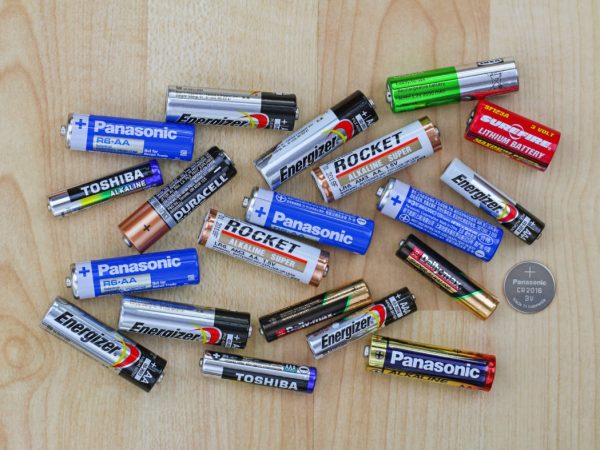
Have you ever found yourself standing in the store staring at the battery rack, not sure which ones to get, even though you’ve checked countless times before? It’s like you’re almost sure that your remote runs on AAA batteries, but suddenly they look smaller than you remember. How do I know what size battery I need? And what about lithium vs alkaline? Which type of battery is the best?
Yes, navigating the diverse realm of batteries can be frustrating, especially if you don’t know the first thing about them. But just like with anything else, a little knowledge can unlock a world of power (pun intended). So without further ado, let’s explore the energy packs that power your everyday routine, starting from the tiniest button cells and moving up to the stalwart Ds.
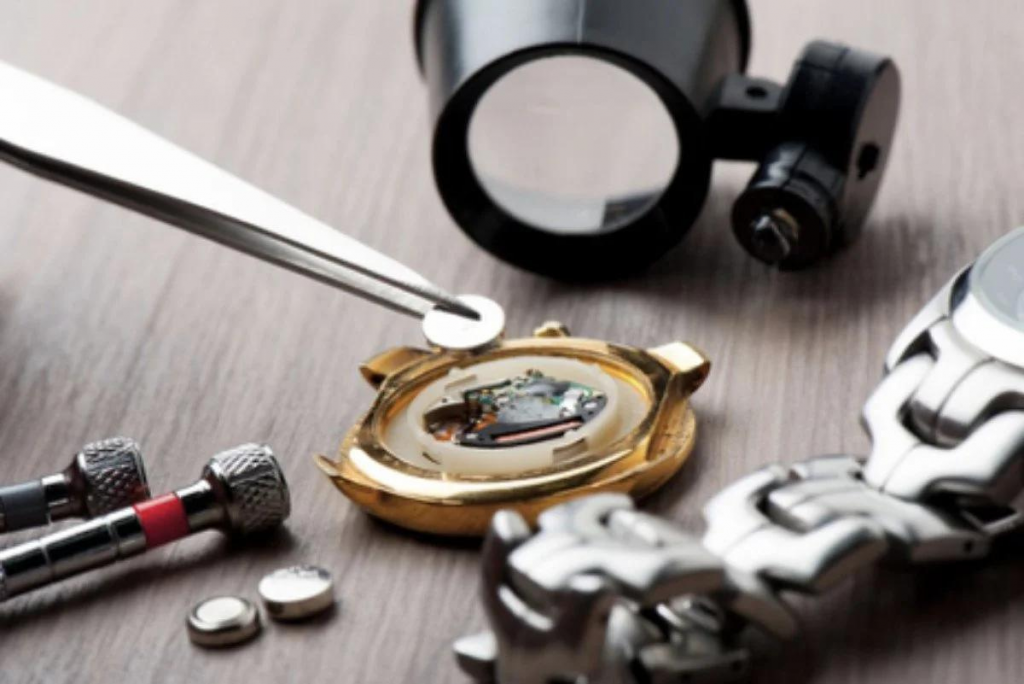
Small, low-drain electronics like quartz wristwatches and their smart counterparts rely on button cell batteries to power their movement or display for extended periods of time. Sometimes this term is interchangeably used with ‘coin cell’, even though there are certain differences between them.
When shopping for button cell batteries, you’ll notice that some have smaller diameters and taller profiles, while others are wider and flatter, resembling actual coins. The former are usually available as alkaline (1.5v) or silver oxide (1.55v) while the latter come as lithium (3v).
While coin cells differ in size, they actually look quite similar to one another. However, choosing the right size is important to ensure compatibility, safety, and performance. Luckily, you won’t have to painstakingly analyse and compare coin thicknesses.
This is usually marked on the packaging with CR, followed by 4 digits. The first two tell you the diameter and the last two the width. So a CR2025 is 20mm wide and 2.5mm thick.
How can something so small power advanced mechanisms and BIOS systems? Here’s a deeper dive into each type:
Where else can you find these small yet mighty buttons and coins? From the paws of adorable plush teddies that say ‘I love you’ and the cards that sing ‘happy birthday’ to medical devices, car key fobs, calculators, and motherboards, these batteries are everywhere around you.
Speaking of teddies and cards, a word of caution may be in order as these shiny little objects are tempting to be touched and played with, so they should be kept out of the reach of children.
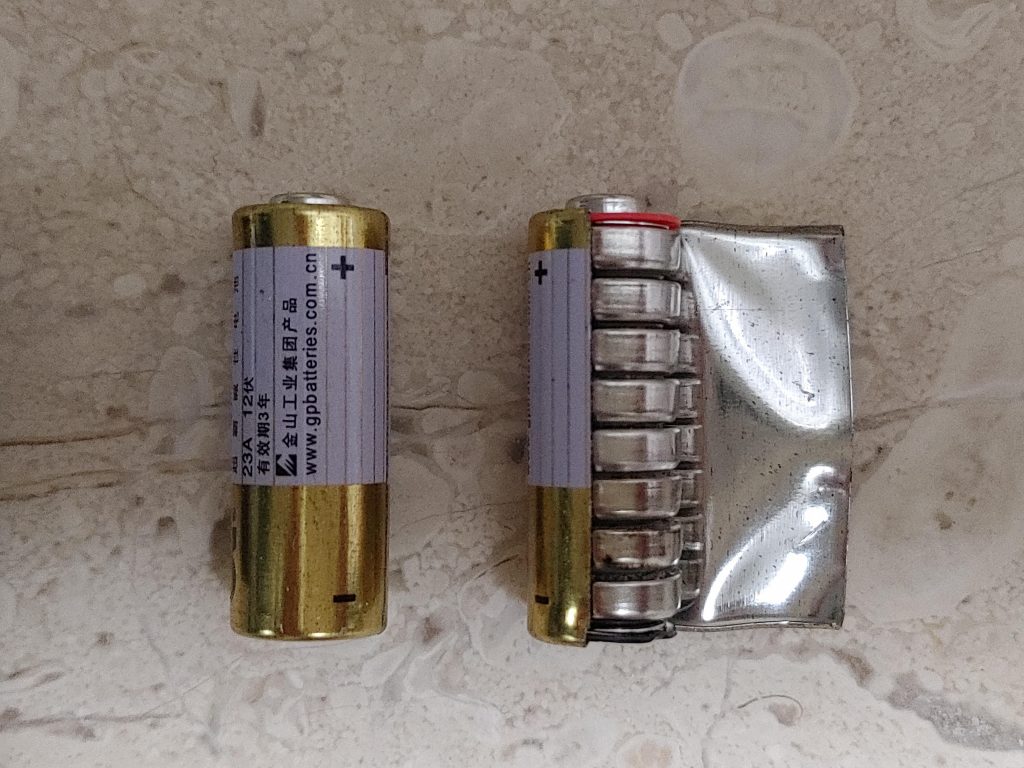
Standard cylindrical batteries power everything from your TV remote to your wireless keyboard and mouse and beyond. AA, AAA, and AAAA batteries play crucial roles in our tech-driven world thanks to their versatility and relatively compact sizes. Although they’re quite similar in shape, they differ in size, ranging from the largest (AA) to the smallest (AAAA).
The first two are commonly used to power portable electronics, while the quadruple A is usually reserved for niche applications like laser pointers, specialised medical devices, stylus pens etc.
Beyond size, these power sources differ in chemistry with alkaline, NiMH, and lithium options available for different applications.
Alkaline batteries are the most common and affordable option, offering good performance for everyday use. NiMH is a type of rechargeable battery found in digital cameras, GPS units, electric toothbrushes, and other devices requiring higher capacity. Lithium and lithium-ion batteries offer the highest voltage and longest shelf life, with the latter option being rechargeable.
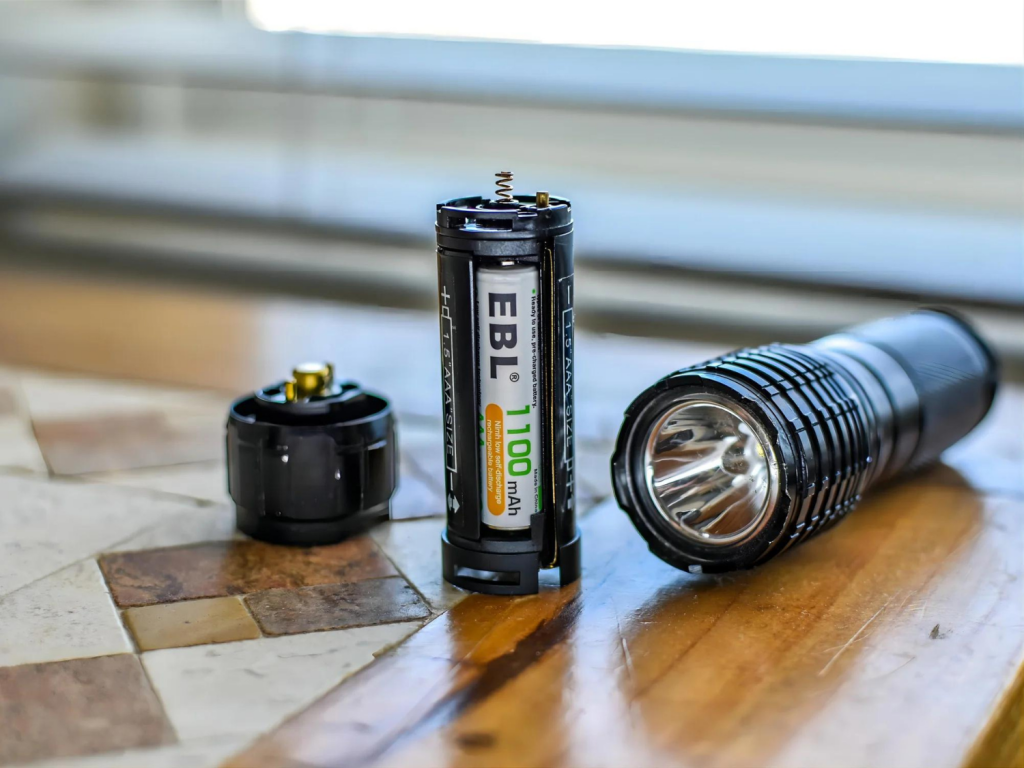
Moving on to the absolute workhorses, the heavy-duty C and D batteries. These hefty cylinders pack a punch, powering medium to high drainage devices like flashlights, portable radios and more. Although they aren’t your typical household battery types, they deserve an honourable mention for their reliable service in the great outdoors, powering some of the essential camper equipment that amplifies the experience.
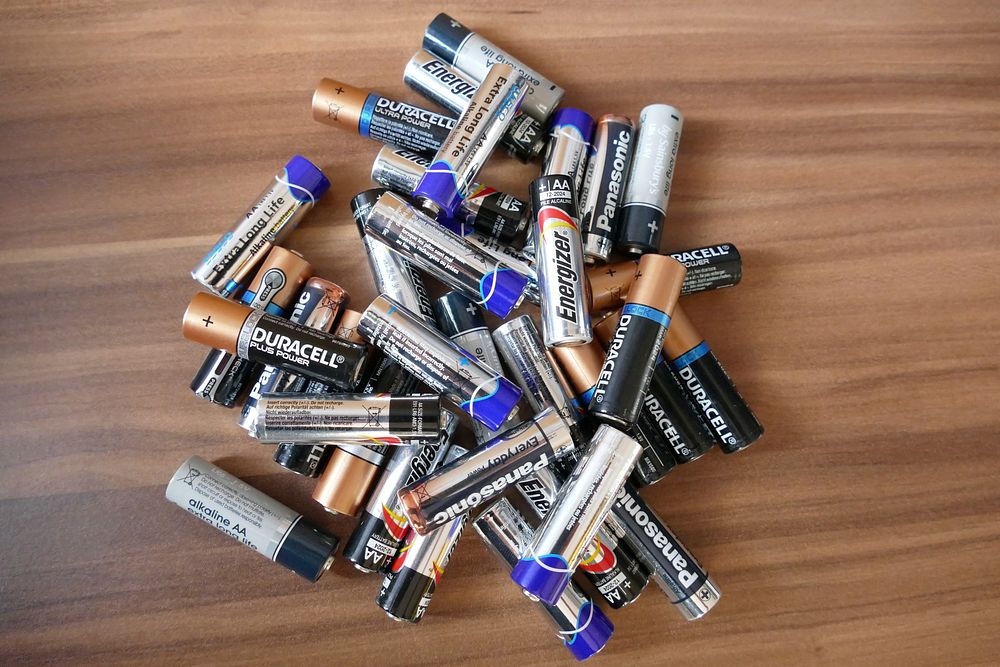
Now that you have a better understanding of the purposes and uses of the most common household batteries, deciding which ones to get should be relatively easier. However, as we shift towards wireless gadgets and electronics, keeping track of all sizes and types can still be a hassle.
The safest way to go about it? Carry the old packaging or batteries to the store when shopping for new ones, or better yet, order them online. With this approach, you can always accurately check which ones you need and read in-depth specs and reviews that will help you make an informed decision. Plus, you can compare prices and ensure you’re getting the best deal.